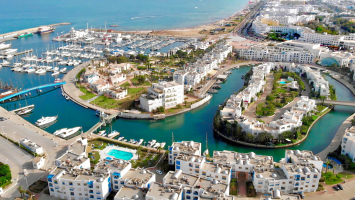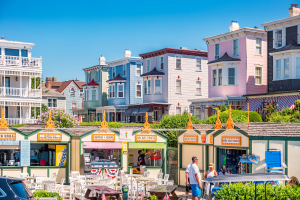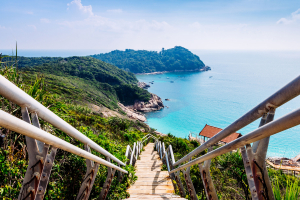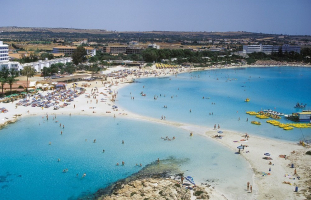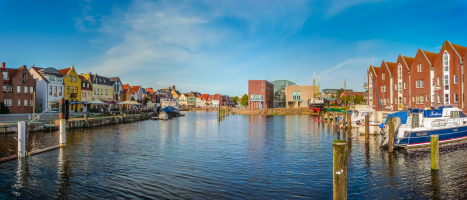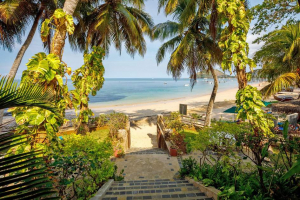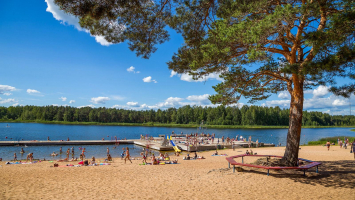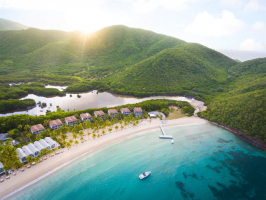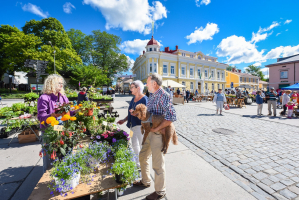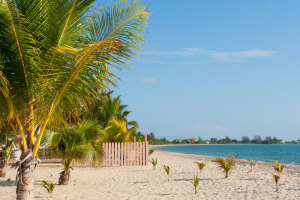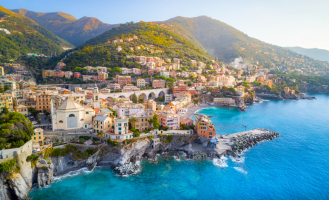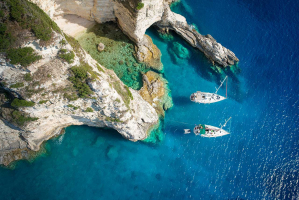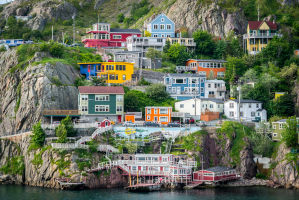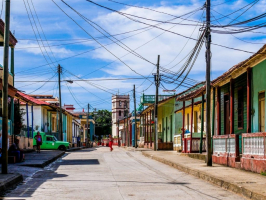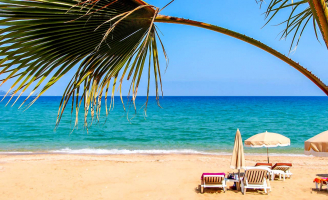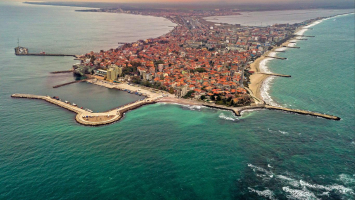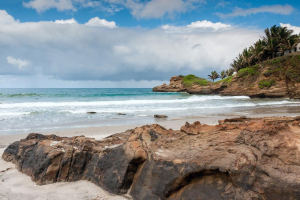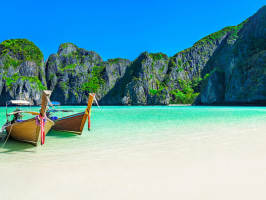Top 10 Most Beautiful Coastal Towns in Timor-Leste
Timor-Leste is a fascinating new tourism destination that is attracting an increasing number of international visitors who want to see its coral reefs, ... read more...beaches, rough highlands, and rich cultural heritage. Those who already vacation in Timor-Leste do so for a variety of reasons, ranging from a desire for a pleasant short trip somewhere else to a desire to explore a new area off the main path by 4WD and motorcycle. Many people are interested in culture and history, diving, hiking, whale and dolphin watching, mountain biking, and birding. Let's explore the list of the most beautiful coastal towns in Timor-Leste.
-
Maubara is a coastal town in the Liquiçá District of Timor-Leste, located west of the city of Liquiçá. The majority of the people speak Tocodede. This place is well-known for its coffee beans, which have been one of the country's most important exports since the Portuguese colonization. The Letefoho Cafe, located not far from the Maubara Hostel, is one of the greatest places to enjoy locally brewed coffee.
The Parish Church can be visited when in Maubara. This is a modest rectangular structure in the neoclassical style. Padre Medeiros, the Timor Mission's leader from 1877 to 1897, oversaw the building. Maubara is also well-known for its fort, which was constructed by the Dutch in 1756. The fortress, with its two gates, is unusually well-preserved and still houses the original cannon. The fort's interior was constructed in the second half of the twentieth century. The Customs House (Posto de Alfândega) was built in 1920 on the major road opposite the fort. It is now a cultural center complete with a library and tourist information. The town is a short drive from Betano, which has sweeping black-sand beaches. The majority of guests arrive by motorbike or 4WD vehicle from Maliana or Balibo.
Location: Liquiçá District, Timor-Leste
Google Rating: 4.8/5

pinterest.com 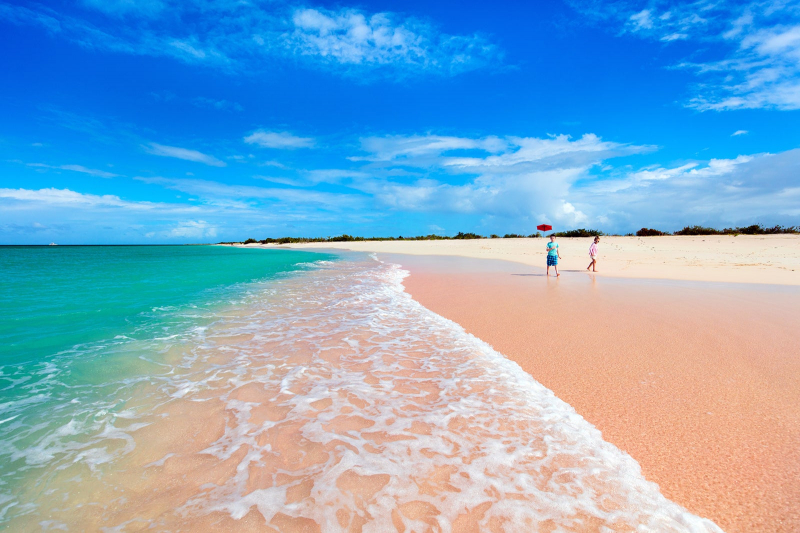
pinterest.com -
Oecusse is an exclave, municipality, and East Timor's sole Special Administrative Region (SAR). Except for the north, where the exclave confronts the Savu Sea, West Timor surrounds Oecusse on all sides. Pante Macassar is connected by main highways to Sacato, 15 kilometers to the east, and Bobometo, 15 kilometers to the southeast, both of which are on the East Timor-Indonesia border and are official border crossings into Indonesia.
Oecusse is set on a ridge at roughly 1400m among steep mountains, surrounded by breathtaking landscapes. It's a historic hill town that provides a welcome respite from the heat and humidity of the seaside. Guided hikes to traditional Mambae communities may be arranged, and it is a good place to learn more about coffee cultivation. A stroll along Oecussei's Waterfront transports you back to the Portuguese era when people passed the time by playing cards in the cool shade of the banyan trees. Photographers can catch locals taking an afternoon promenade against the backdrop of crumbling and fading Portuguese structures on the esplanade. All throughout the place are exquisite modern restaurants and businesses. Furthermore, the quaint medina quarter's tea houses and colorful markets preserve a sense of old Timor-Leste.Location: Pante Macassar, Timor-Leste
Google Rating: 4.8/5
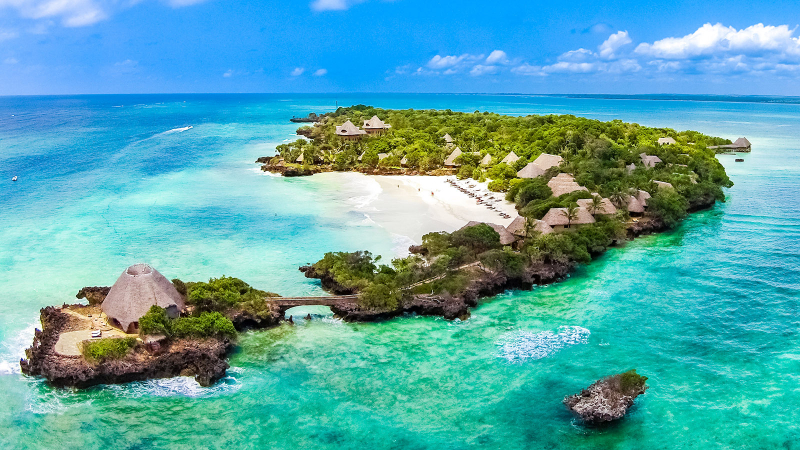
flickr.com 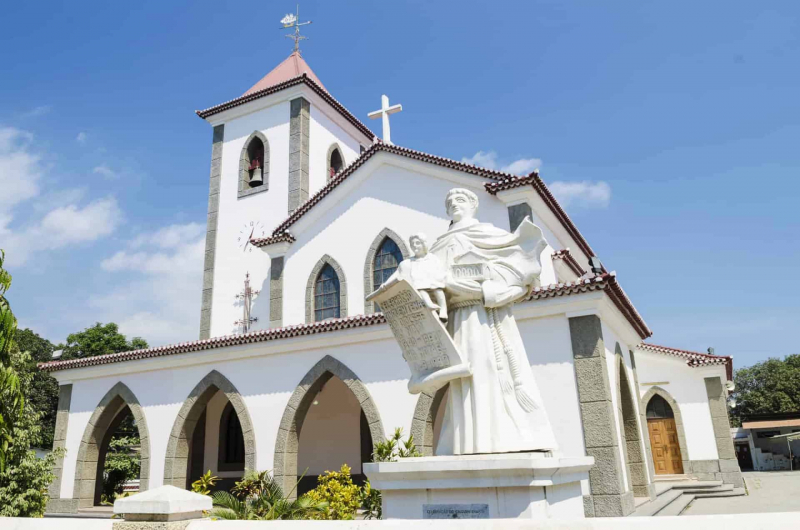
flickr.com -
Viqueque is a city in East Timor's south-east, 183 kilometers from Dili, the national capital. This city is the capital of Viqueque Municipality and the Viqueque Administrative Post, and it controls five sucos. Uatu-Lari, Uatu-Carbau, Viqueque, Lacluta, and Ossu are the names of the islands. It's the ultimate alternative to the rush and bustle of Viqueque, perched on top of a rocky cliff and surrounded by stunning Mediterranean vistas.
Viqueque has a little village which is one of the many intriguing things to do in Timor Leste. Caves nearby include stone tools and artwork from the Middle Paleolithic through the Mesolithic ages. A gorgeous white-sand beach called Pantai Walu or Valu, or simply Tutuala Beach, is located down a hill from Viqueque. The clear azure seas are ideal for swimming, snorkeling, and diving. Edisto Island is ideal for a simple beach holiday. Exploring Botany Bay, the island's one-of-a-kind nature reserve with incredible driftwood and seashells; hiking or biking through live oak and palmettos to a 2,000-year-old Native American shell mound; meeting turtles and gators at the serpentarium; and swinging by roadside farmers markets for fresh produce, local Geechie Boy Mill grits, and Key lime pie are all on the itinerary.
Location: Viqueque, Timor-Leste
Google Rating: 4.7/5
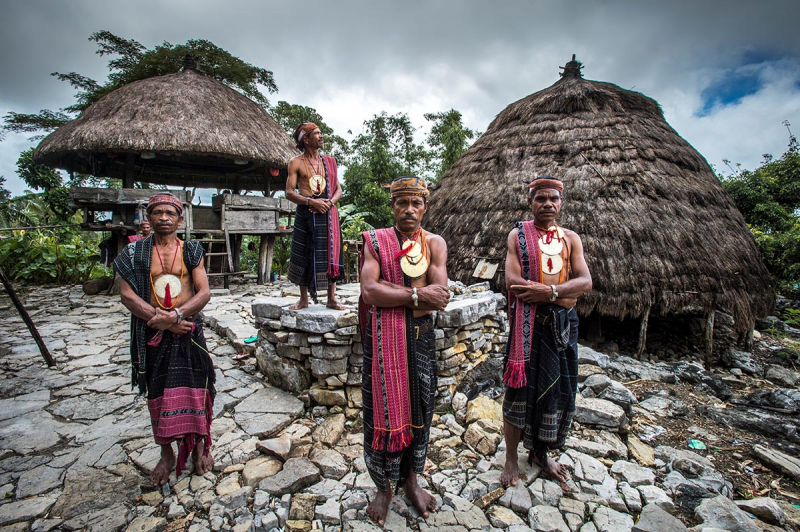
theculturetrip.com 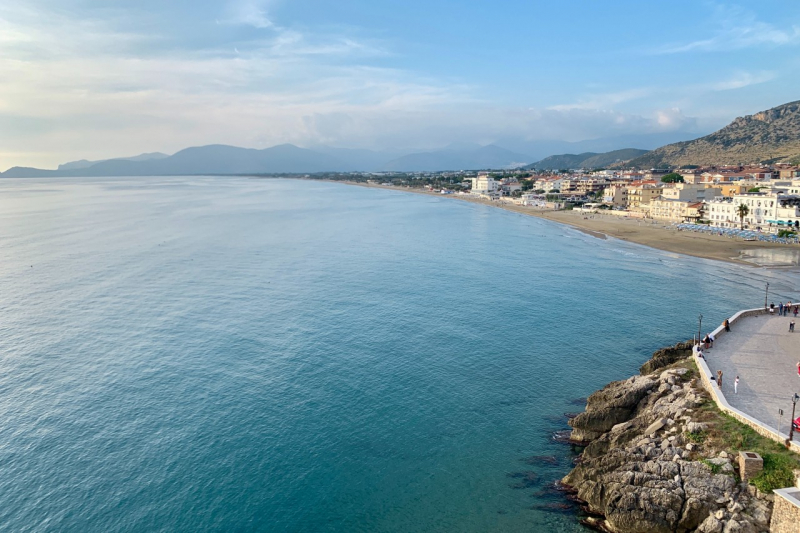
theculturetrip.com -
Bobonaro is the coastal town of Timor-Leste. The town has a population of 82,385 people and covers an area of 1,368 square kilometers. Atabae, Balibó, Bobonaro, Cailaco, Lolotoi, and Maliana are the communes in the town. Bobonaro is likewise known by the same name in Portuguese; however, the capital was Vila Armindo Monteiro, which is today known as Bobonaro.
Bobonaro, located east of Dili, has a charmingly raffish look thanks to its colonial structures and massive banyan trees. The town center is overlooked by the vivid pink Pousada de Bobonaro, which is fed by a clear natural spring. In addition, Bobonaro offers a variety of lodgings and eateries. A short drive from Bobonaro is a little fishing community with a magnificent coastline of white sand beaches and rocky coves. At the furthest eastern coast of Timor-Leste, Jaco Island is located across from Valu, a magnificent beach region flanked by forested limestone escarpments. The island of Sacred Jaco is a tropical paradise. Its clear waters are teeming with marine life and provide excellent diving, snorkeling, and swimming opportunities. Another highlight is guided expeditions through the forest to the local caverns within the Nino Konis Santana National Park. The views out to sea and across the national park's forested ranges from the top of the Tutuila escarpment from the local pousada are breathtaking.Location: Malian, Timor-Leste
Google Rating: 4.7/5
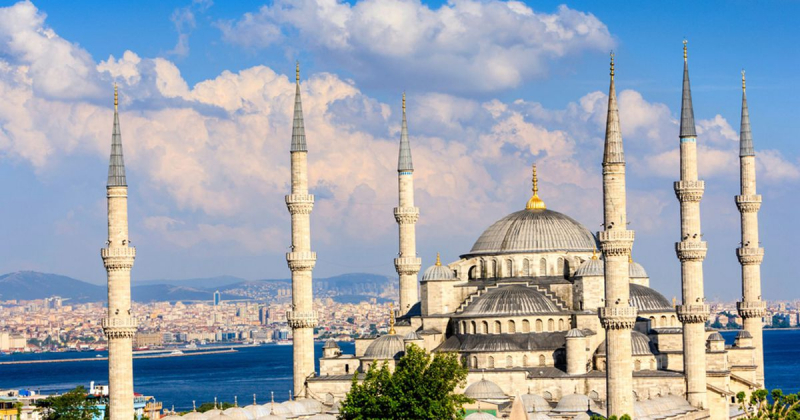
pinterest.com 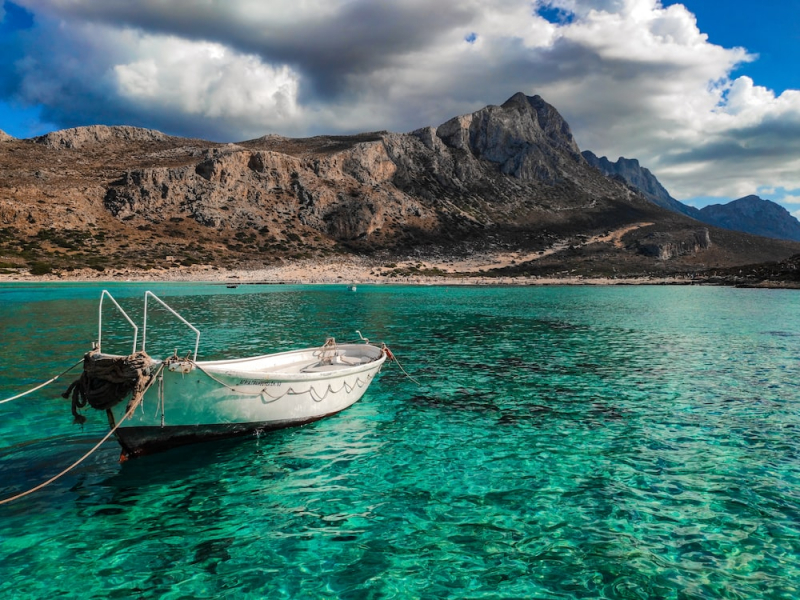
pinterest.com -
Dili is one of the most beautiful coastal towns in Timor-Leste. It is located on the island of Timor's northern coast, on a tiny strip of flat land surrounded by mountains. It has a tropical climate with distinct wet and dry seasons. Since its designation as the capital of Portuguese Timor in 1769, the city has served as the economic core and main port of what is now East Timor.
Dili is East Timor's capital and largest city, with new restaurants, textile stores, produce markets, and seafood booths nestled among thatch-roofed dwellings. During migration season, you can savor freshly cooked fish on Dili's beaches, drink a coconut, and watch whales swim along the coastline. Dili scuba diving is said to be excellent all year and is home to a variety of corals, blue moray eels, trevally, scorpion fish, reef sharks, and other marine life. The majority of directions in Dili are based on Cristo Rei, a 27-meter-tall monument of Jesus Christ that overlooks the city. Cristo Rei is the world's second-largest statue of Jesus Christ. The effort required to trek up to Cristo Rei while in Dili is well worth the panoramic views of the city and the sea.
Location: Dili,Timor-Leste
Google Rating: 4.7/5
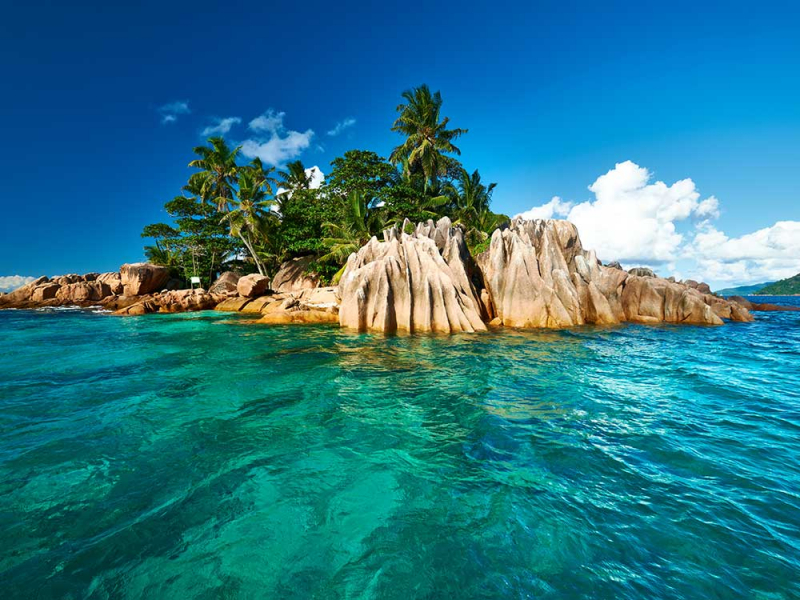
agoda.com 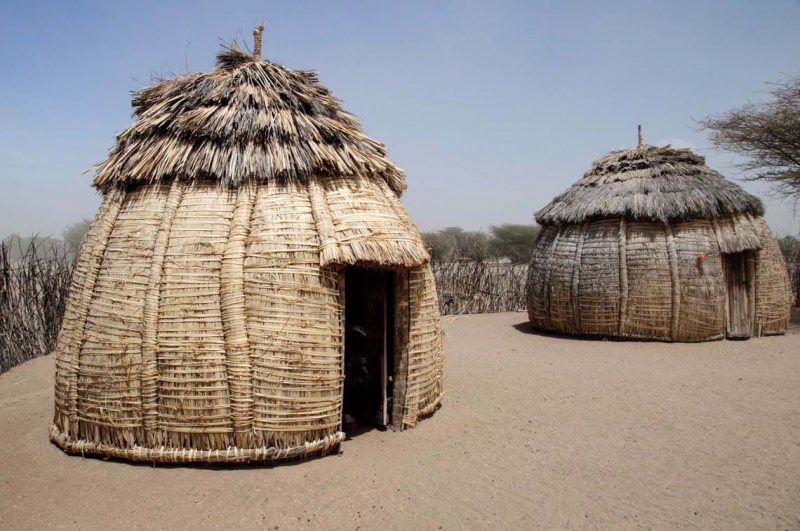
agoda.com -
Ainaro is a town in East Timor that serves as the capital of the Ainaro Succo, the Ainaro administrative post, and the Ainaro Municipality. It is located in the country's southwest. Ainaro is located 78 kilometers south of Dili, the national capital. In the months leading up to the 30 August 1999 referendum on independence, Ainaro was home to a sizable presence of pro-Indonesia militias backed by the Indonesian military.
Balibo, a little hill village at the land boundary in the western part of Ainaro, boasts a historic fort with expansive views of the surrounding countryside. A boutique hotel and restaurant are located within the fort. Guided tours of local communities and caves can be arranged through the hotel. Ainaro boasts lovely creamy white beaches that span both ways. The coastline is lined with a small resort and guest houses. Fishing is one of the activities that can be organized. It provides a pleasant, serene atmosphere and is ideal for watching Timor-stunning Leste's tropical sunsets. The Cementerio de Santa Cruz is merely an old Catholic cemetery, but it has come to represent the Indonesian occupiers' power grab when soldiers opened fire on mourners during Sebastiao Gomes' funeral. Tourists can walk through the cemetery, but there is no memorial to the victims.
Location: Ainaro, Timor-Leste
Google Rating: 4.6/5
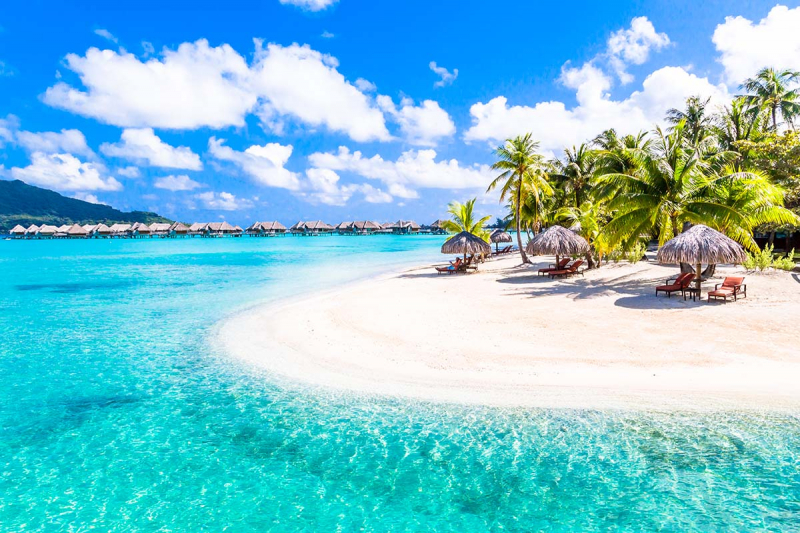
flickr.com 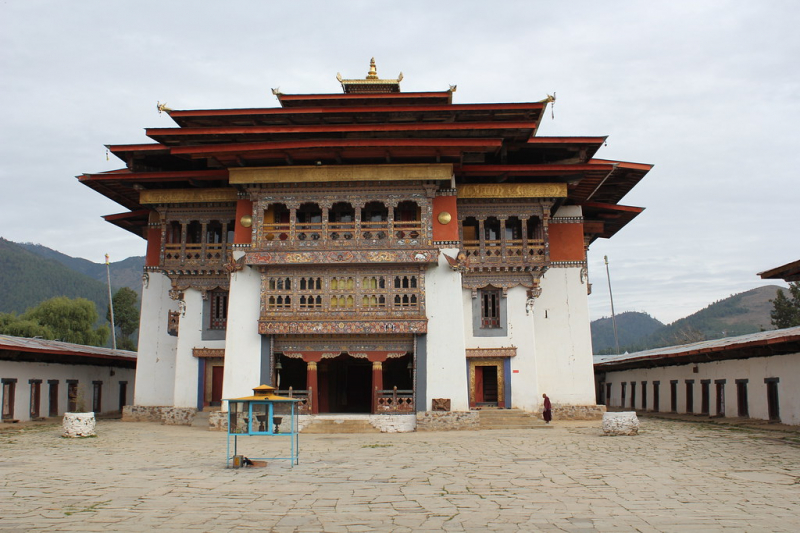
flickr.com -
Lautem is a municipality in Timor-Leste, located in the country's east. It has a population of 64,135 people and an area of 1,813 square kilometers. Lospalos, its capital, is located 248 kilometers east of Dili, the national capital. This old fishing community has managed to keep its particular charm and ecology despite its restricted access. It takes 25 minutes to fly from Salvador airport to Lautem via air taxi.
The Lautem Cathedral is a source of pride and spiritual instruction for Timorese. The cathedral, which was built by the Indonesian government in 1984, is the largest Catholic cathedral in the country and the second largest in South East Asia. When it comes to history, Timor-Leste has been through a lot to get to where they are now, and they have meticulously chronicled it in the Archives & Museum of East Timorese Resistance, which is a must-see when in Lautem. Make a left down the steps after leaving the statue to reach the Dolok Oan beach. The beach is a lovely white sand beach where you can swim in peace and serenity. Many of East Timor's endemic birds can be found here. There are cave drawings near the city of Lautém. Throughout the region, there are numerous stone sarcophagi and animistic temples.
Location: Lospalos, Timor-Leste
Google Rating: 4.6/5
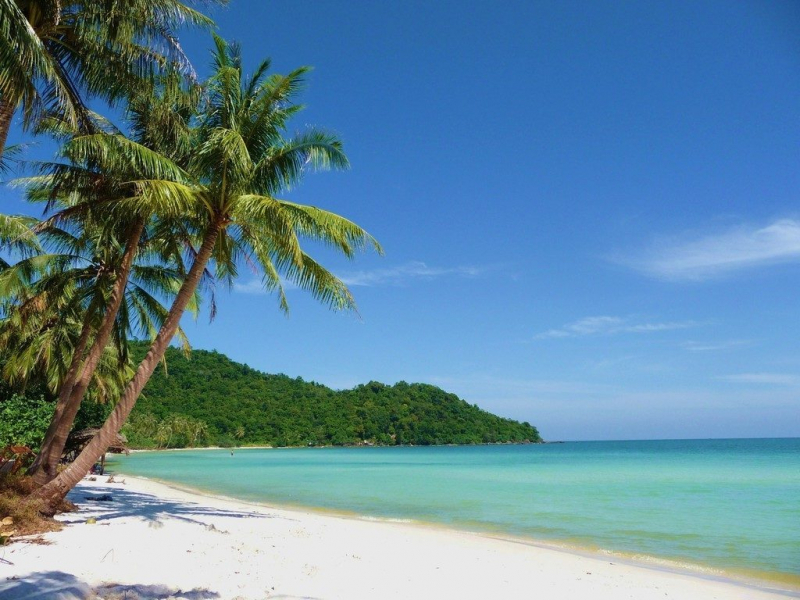
wowtravel.me 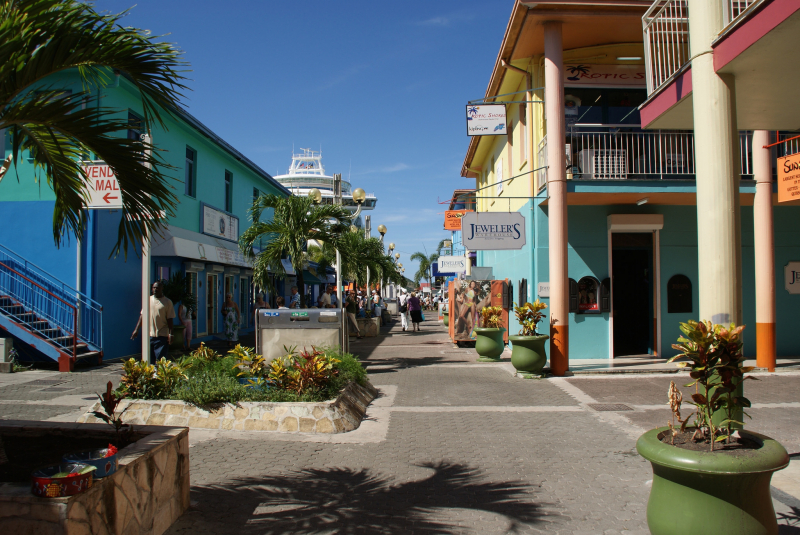
wowtravel.me -
Liquiçá is an East Timor beach city 32 kilometers west of Dili, the national capital. The city has a population of 5,005 people. Traders from Japan, China, India, and Europe profoundly affected the culture and architecture of this ancient trading port area. Visitors can attempt to hatch turtles or learn about the history of this remote town from March to August.
In Liquica, there are numerous places to visit. The former Municipal School, erected before 1910 with stone masonry walls in two volumes, was the district's first school. Hotel Tokodede was most likely constructed between 1930 and 1950 in a posh section of town where colonial officers stayed. Its terrace still provides a lovely view of Liquiçá's coconut-tree-lined sandy beach. The Parish Church of Liquiçá, made famous by the Liquiçá Church Massacre, was erected in 1946. When the church was refurbished in 2016, the clock tower was installed. Off the main route, visit the golden sandy shores of Liquiçá Beach for a real Timor-Leste experience. You'll feel as if you're swimming in the heart of the jungle, with lush green vegetation and trees as a backdrop.
Location: Liquiçá District, Timor-Leste
Google Rating: 4.6/5
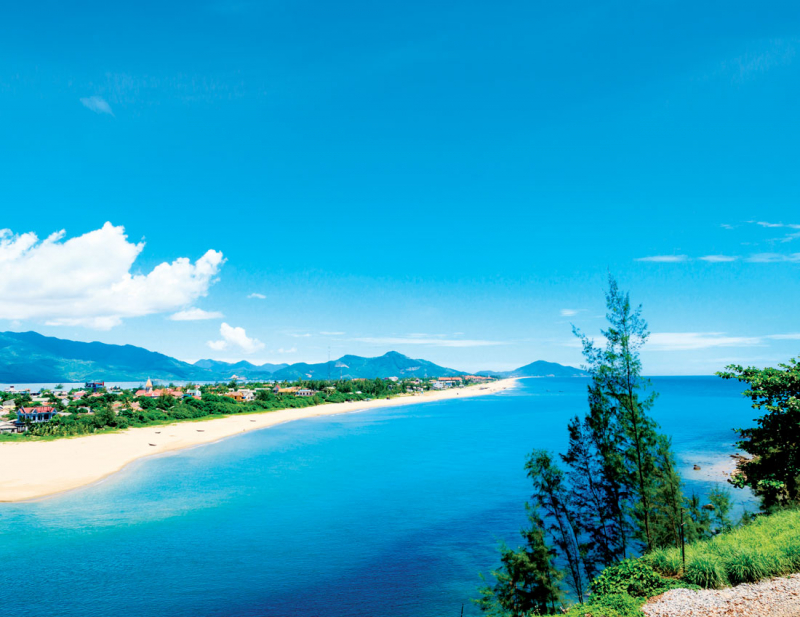
flickr.com 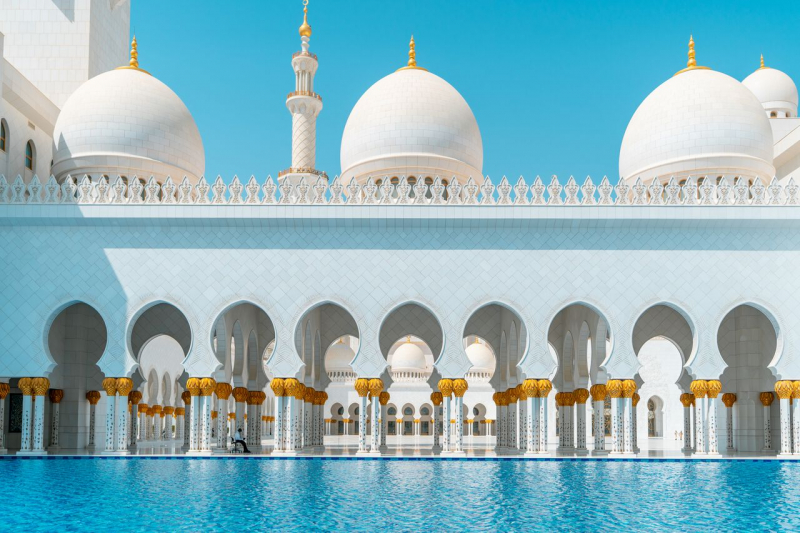
flickr.com -
Manatuto is a city in East Timor's Manatuto Municipality. Manatuto Vila has a population of 3,692 people and serves as the capital of the Manatuto subdistrict and district. It is located on Timor's north shore, 64 kilometers east of Dili, the national capital, on the way to Baucau. The capital is well-known for its salt production and tamarind abundance.You might want to stop by this municipality in the east on your way to Manatuto. White-sand beaches and coves border the gorgeous coastline, while imposing peaks such as Mount Matebian and Mount Ramelau may be found inland. There are Portuguese colonial houses here, as well as a vibrant market and a large municipal pool fed by clean spring water. The Venilale mountain retreat, which dates back to the colonial era, is also located within the municipality. Manatuto is also a fantastic starting point for a guided trip into Mundo Perdido, a mountain area with lush rainforest and abundant bird life. The owners of the guesthouse are also pleased to offer trips to limestone caverns and other sites of significance during the Timorese resistance, as well as cookery instruction in the surrounding hamlet.
Location: Manatuto, Timor-Leste
Google Rating: 4.5/5
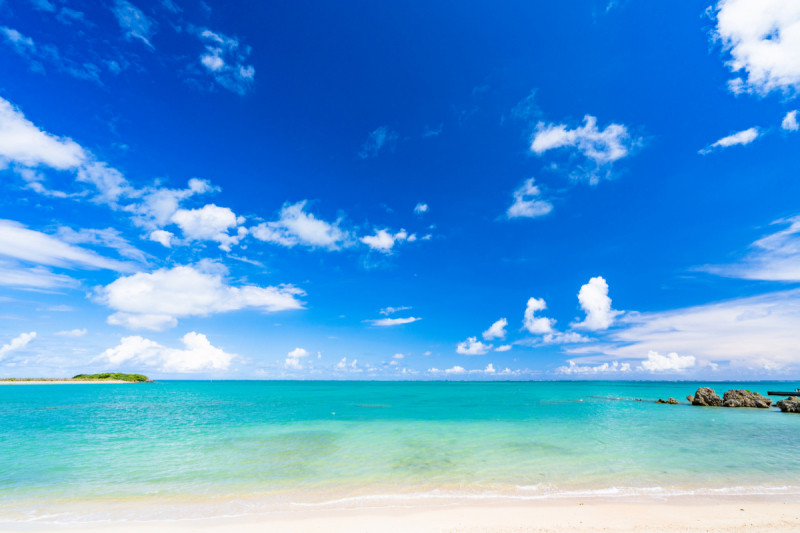
travelingeast.com 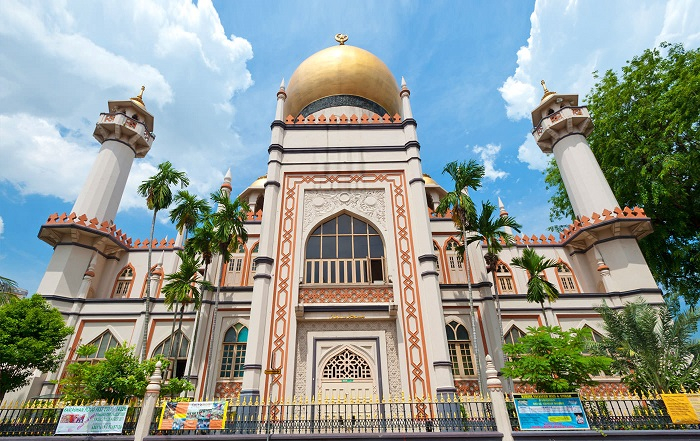
travelingeast.com -
Com is the town of Timor-Leste, located 80 kilometers northwest of the Mediterranean coast. In the mid-twentieth century, it evolved from a little town to a huge city, connecting with the nearby ancient port city of Liquiçá. Com was a significant waypoint on both the region's coastal road and the road that cut inland along the Lautem Valley.
The Com region is a great blend of culture and environment, with a rich bird population, lovely beaches, and cave art. Houses in this region are frequently erected on narrow stilts, almost defying gravity, and are entirely made of thin bamboo, wood, and dried grass. If you want a more resort-style vacation in East Timor, head to Com, a little beach town on the country's eastern coast. The main road follows the shoreline and is lined with guesthouses and eateries. Grab a glass of white wine and relax on the beach while basking in the sun. You may also go shopping, tour colonial-era Portuguese buildings, and go hiking. Stay at Com Beach Resort for luxurious accommodations, which also has camping facilities.Location: Liquiçá, Timor-Leste
Google Rating: 4.4/5
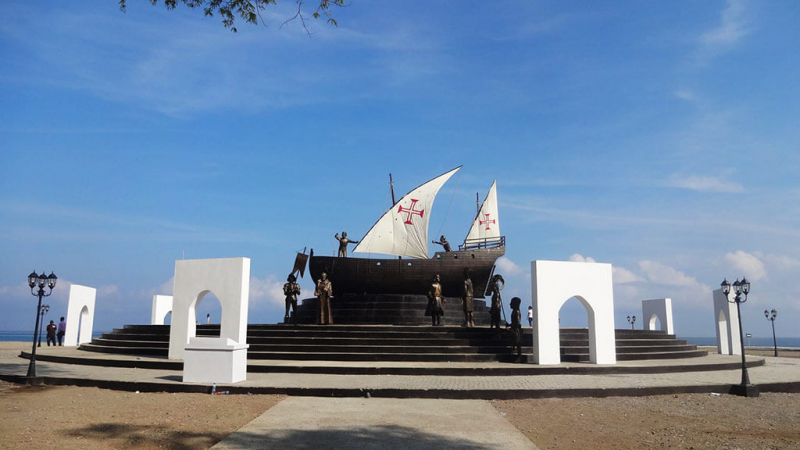
wowtravel.me 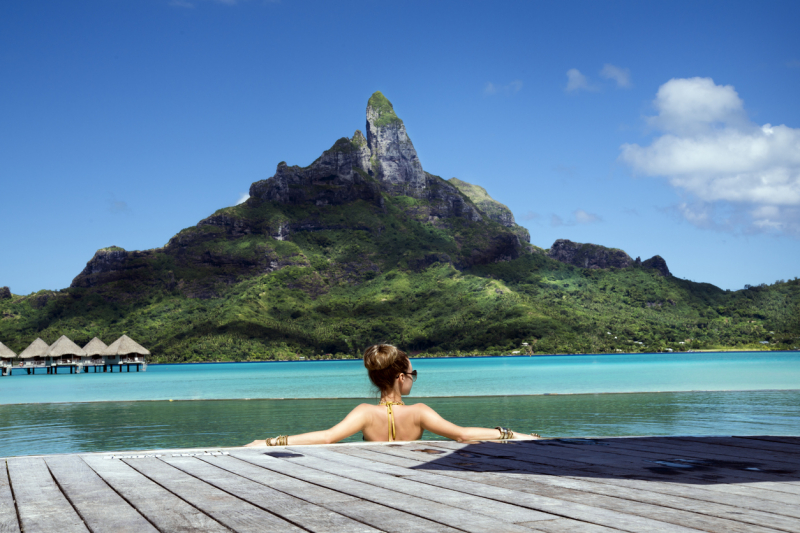
agoda.com













